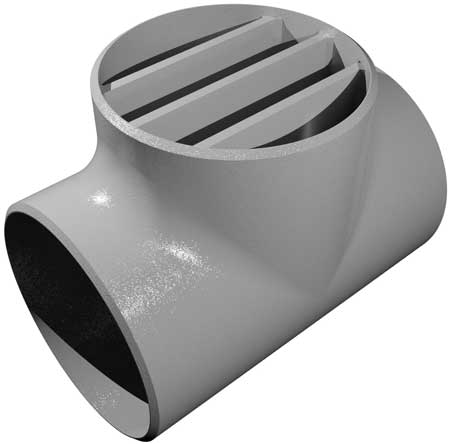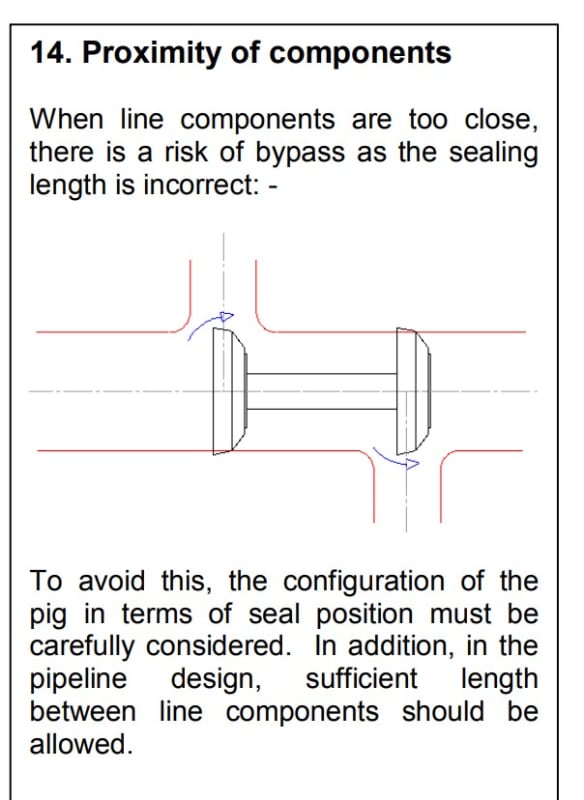-
1
- #1
Flow-rider
Mechanical
- Dec 12, 2023
- 4
Hello everybody...
I'm currently on my probation work in oil/gas industry firm...
I'm studying one, lets say brochure, and it contains fitting names which i'm unfamiliar with. I probably saw them, and know some of them on my Croatian language but on English, i have hard time to understand how those fittings look like.
Can please somebody post google image / web page links so I can see directly what those fittings look like.
This are the names:
bends with <3d straight pipe between
heavy wall bends
tees with <3d straight pipe between
unbarred full bore tees
Thanks everybody on help!
I'm currently on my probation work in oil/gas industry firm...
I'm studying one, lets say brochure, and it contains fitting names which i'm unfamiliar with. I probably saw them, and know some of them on my Croatian language but on English, i have hard time to understand how those fittings look like.
Can please somebody post google image / web page links so I can see directly what those fittings look like.
This are the names:
bends with <3d straight pipe between
heavy wall bends
tees with <3d straight pipe between
unbarred full bore tees
Thanks everybody on help!


